Game of Thrones dominated television during the 2010s, much like the vast kingdom of Westeros. The show was based on George R.R. Martin’s book series A Song of Ice and Fire.
While the introduction of DVR affected many scripted TV shows, Game of Thrones became must-see television. Its ratings grew steadily over its eight seasons, marking its place in TV history.
HBO created several spin-offs inspired by Game of Thrones, including the successful House of the Dragon. The story began with three dragon eggs, a troubling sibling relationship, and one of the most shocking character deaths ever.
Each episode of the first season helped shape the show into a cultural phenomenon, though they differ in emotional depth, surprising twists, and full effect. Here, we rank the episodes from worst to best.
“Lord Snow” Season 1, Episode 3
“Lord Snow” focuses on character development. The episode is named after the nickname Jon Snow (Kit Harington) receives from his harsh Night’s Watch instructor.
In this episode, Jon proves himself as a top recruit, Arya Stark (Maisie Williams) begins her sword-fighting training, and Daenerys Targaryen (Emilia Clarke) gains confidence as Khaleesi and tells her husband Khal Drogo (Jason Momoa) that she is pregnant.
The episode also introduces Lord Petyr “Littlefinger” Baelish (Aidan Gillen). He informs Catelyn Stark (Michelle Fairley) that the dagger used in the attempt to kill her son Bran (Isaac Hempstead Wright) belongs to Tyrion Lannister (Peter Dinklage).
This episode takes a break from the action and setting of earlier episodes, allowing viewers to connect with the characters.
Jon’s time at the wall shows his commitment to the moral lessons from Ned Stark (Sean Bean). Meanwhile, Catelyn proves that she is more than a housewife, using her own connections to gather information around Westeros. “Lord Snow” is a moment to pause within the season, but it does not stand out on its own.
“The Kingsroad” Season 1, Episode 2
In the second episode, the Stark family separates, and neither the characters nor viewers realize that it will be the last time many will see each other.
Ned Stark, along with his daughters Sansa (Sophie Turner) and Arya, heads south with the Baratheons to the capital, King’s Landing.
There, he will become the Hand of the King. Meanwhile, Jon Snow and the Lannister outcast Tyrion travel north to the Wall, where Jon plans to join the Night’s Watch. Across the Narrow Sea, newlywed Daenerys travels to Vaes Dothrak, her husband’s home.
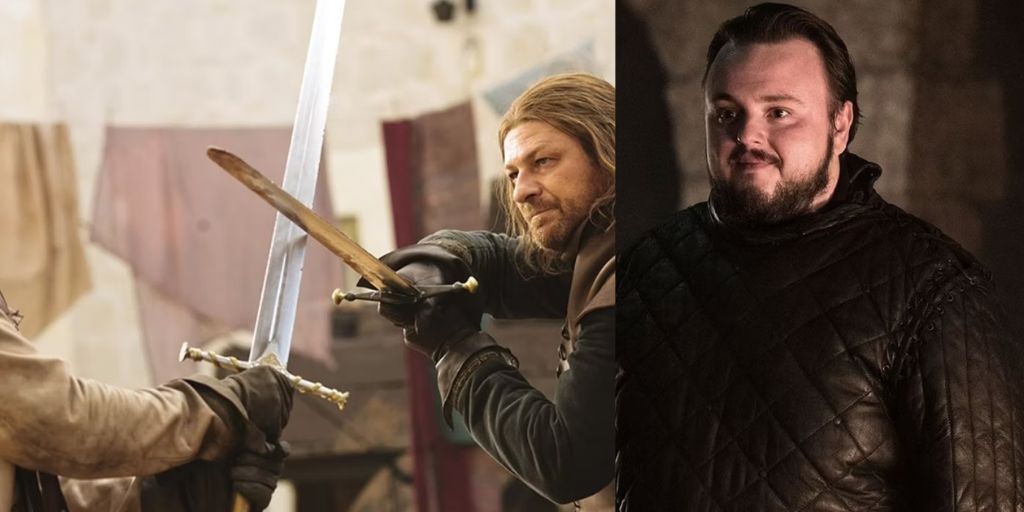
True to its name, Episode 2 resembles a road movie, with most storylines occurring during travel.
he unresolved goodbyes between the Starks foreshadow the show’s unique ability to create a false sense of security for viewers. Although there are shocking moments, “The Kingsroad” mainly sets the stage for future events.
“Cripples, Bastards, and Broken Things” Season 1, Episode 4
As the title suggests, Episode 4 focuses on characters seen as outcasts in Westeros. This episode introduces Samwell Tarly (John Bradley), a kind but overweight recruit in the Night’s Watch.
Samwell’s lack of cleverness and physical strength contrasts sharply with the expectations of the Night’s Watch and the show itself.
Tyrion is a key character as well, crafting a saddle for the paralyzed Bran Stark, but Catelyn later orders Tyrion’s arrest for his involvement in Bran’s attempted murder.
Episode 4 shows how Game of Thrones adds complexity to characters that other shows might overlook. The episode also sets up a significant storyline for the series.
When Ned Stark investigates the sudden death of his predecessor and meets a king’s bastard, he begins to suspect that Prince Joffrey (Jack Gleeson) is not King Robert Baratheon’s (Mark Addy) son, but rather the child of Queen Cersei’s (Lena Headey) brother, Jaime (Nikolaj Coster-Waldau).
“The Wolf and the Lion” Season 1, Episode 5
This episode centers on the aftermath of Catelyn’s arrest of Tyrion. She takes him to the Vale, ruled by her sister Lysa Arryn (Kate Dickie), where viewers see Lysa breastfeeding her 8-year-old son, an unforgettable and disturbing image.
While Tyrion is imprisoned in one of the Vale’s “Sky Cells,” news of his arrest reaches his brother Jaime in King’s Landing. Jaime confronts Ned, who has resigned as Hand of the King after Robert orders the assassination of the pregnant Daenerys.
A fight breaks out between Jaime, Ned, and their men, leaving Ned at Jaime’s mercy. Jaime chooses to spare Ned’s life in exchange for Tyrion’s return.
The episode’s title refers to the sigils of the Stark and Lannister families and indicates the growing tension between them.
The episode includes a lot of exposition about the previous Hand of the King, Lord Arryn’s suspicious death. A major strength of the episode is its focus, with most of the story centered on the Stark-Lannister conflict.
Other episodes risk spreading themselves too thin, but this story has the space to develop fully.
“A Golden Crown” Season 1, Episode 6
After a detailed investigation into King Robert’s illegitimate children, Ned reaches a dangerous conclusion: Prince Joffrey is not Robert’s son. Tyrion wins his freedom through trial by combat in the Vale, but the episode’s real excitement happens in Vaes Dothrak.
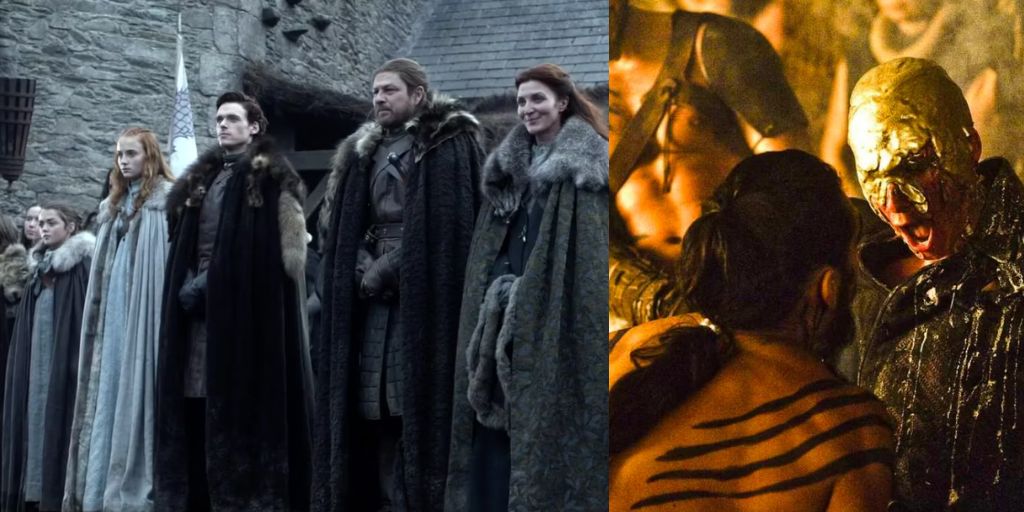
Daenerys earns respect from the Dothraki by participating in a ritual where she eats a stallion’s raw heart.
Her brother Viserys (Harry Lloyd), jealous of her popularity and thinking he should be the rightful ruler of Westeros and the Dothraki, demands that Khal Drogo give him his “golden crown.”
Khal Drogo fulfills this request by pouring molten gold over Viserys’s head, leading to his horrific death.
Every storyline in “A Golden Crown” is thrilling, satisfying, and unforgettable. Peter Dinklage and Emilia Clarke deliver outstanding performances.
The theme of justice connects the different storylines, highlighting the mix of decorum and brutality in Westeros, a theme that continues throughout the series. The ending in Vaes Dothrak is as intense as Viserys’s death and provides a key moment in the season.
“Winter is Coming” Season 1, Episode 1
In the pilot episode of Game of Thrones, named for House Stark’s famous words, writers David Benioff and D.B. Weiss face the challenge of introducing Westeros and its many characters in just one hour.
The episode features a standoff between the Night’s Watch and the undead White Walkers, as well as the Dothraki and the Lannister, Baratheon, and Targaryen families. The Starks of Winterfell, led by Ned Stark, emerge as the main protagonists.
It is amazing how “Winter is Coming” weaves so many storylines together, including two betrothals (Sansa Stark to Joffrey Baratheon and Daenerys Targaryen to Khal Drogo), the execution of a Night’s Watch deserter, and a wedding gift that hints at the return of dragons.
All of these moments are overshadowed by the shocking ending. Young Bran Stark discovers the incestuous relationship between Queen Cersei and her brother Jaime, leading Jaime to push Bran out of a tower window for the sake of love. The episode provides more to consider than a feast at Winterfell, leaving viewers eager for more.
“The Pointy End” Season 1, Episode 8
Episode 8 looks at how Ned Stark’s arrest by Cersei affects the entire kingdom. Cersei forces Sansa to write to her brother Robb, asking him to pledge loyalty to Joffrey as king. Sansa complies and begs for her father’s life, and Joffrey offers mercy if Ned confesses to treason and accepts him as king.
When Robb receives Sansa’s letter, he decides to go to war against the Lannisters, strategically positioning the Stark and Lannister armies throughout Westeros.
Robb prepares to face two Lannister forces led by Jaime and house patriarch Tywin (Charles Dance). The episode also shows two slain Night’s Watchmen being returned to the Wall, only to rise as wights.
Written by George R.R. Martin, this episode balances the larger movements of war with meaningful character moments.
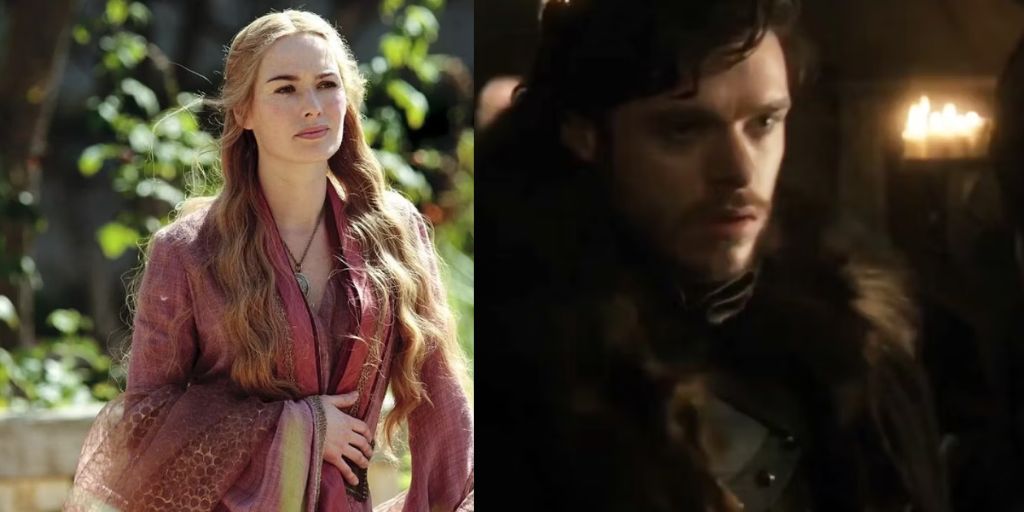
With battle lines drawn, viewers see which houses support which side across Westeros, connecting many previously separate storylines.
Since Ned is mostly absent from this episode, the Stark children get their chance to shine, hinting at the series’ future after season one.
“You Win Or You Die” Season 1, Episode 7
Although Episode 7 visits different locations, most of it takes place in King’s Landing, where the tension between the Starks and Lannisters heats up. After discovering that Joffrey is Cersei’s son with Jaime, Ned confronts Cersei and urges her to escape with her children.
He then finds Robert, who has been fatally injured while hunting. Following Robert’s death, various groups compete to upgrade their heirs to the throne. Joffrey, Robert’s brothers Stannis and Renly all have supporters. Ned returns to court to arrest Cersei, but she flips the situation and has Ned arrested instead.
Cersei delivers one of the most famous lines of the season: “When you play the game of thrones, you win or you die.” This episode perfectly sets up the struggle for power while emphasizing how easily loyalties can shift in Westeros. However, the episode contains several critical plot points, leaving viewers eager for the next installment.
“The Rains of Castamere” Season 3, Episode 9
This episode signifies the infamous Red Wedding, which leads to the deaths of pivotal characters. The Starks and the Freys had planned a wedding between Edmure Tully and Roslin Frey, but in a shocking turn of events, the Freys betray the Starks, leading to a massacre.
The brutal scene illustrates the cold reality of power struggles in Westeros and leaves a lasting impact on viewers. The shocking deaths underscore the show’s willingness to defy expectations and keep audiences on their toes.
The Red Wedding represents the turning point for many characters and the show as a whole. With so much bloodshed and betrayal, it captures the essence of Game of Thrones while highlighting the show’s ability to surprise and shock.
“Battle of the Bastards” Season 6, Episode 9
This episode features Jon Snow’s epic battle against Ramsay Bolton. It culminates in Jon’s fierce determination to reclaim Winterfell for the Starks. The action-packed sequences highlight the brutal reality of war, filled with chaos and heartbreak.
As Jon confronts Ramsay, the stakes couldn’t be higher. This battle represents a significant turning point for the Stark family and offers a triumphant moment for Jon and his supporters.
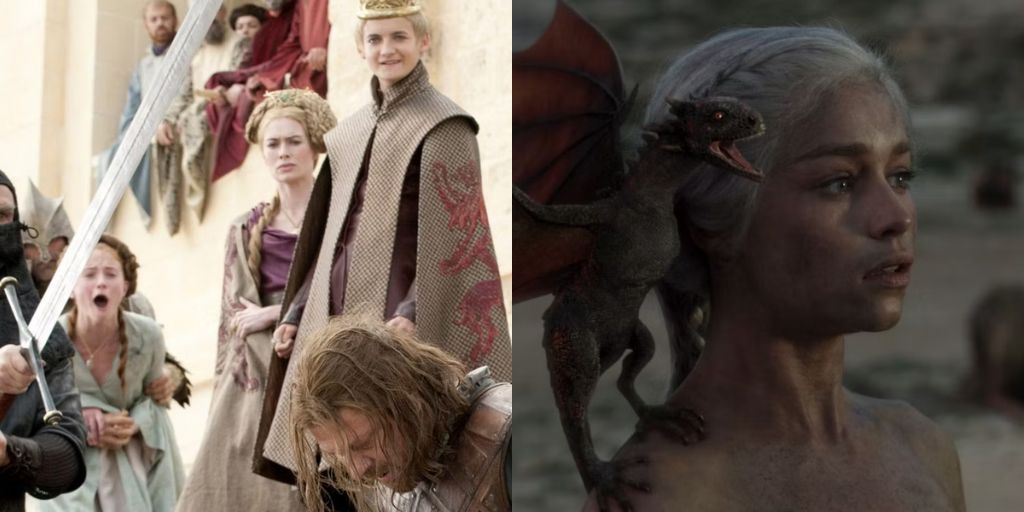
“Battle of the Bastards” combines intense action with emotional depth, showcasing the series’ remarkable storytelling. It serves as a reminder of the lengths to which characters will go to achieve their goals and protect their loved ones.
“The Winds of Winter” Season 6, Episode 10
The season finale is marked by its striking visuals and shocking revelations. Daenerys prepares to conquer Westeros with her dragons, while Cersei’s cunning plans come to fruition.
The episode’s various storylines converge, leading to significant character developments and setting the stage for the next season. Viewers witness major power shifts as the struggle for the Iron Throne escalates.
“The Winds of Winter” masterfully weaves together the characters’ fates and prepares audiences for what lies ahead. It highlights the unpredictable nature of the series and its ability to keep viewers engaged.
The Enduring Legacy of Game of Thrones
As the series concluded, Game of Thrones left a profound mark on television. Its attracting storytelling, complex characters, and stunning visuals set new standards for what audiences could expect from scripted series.
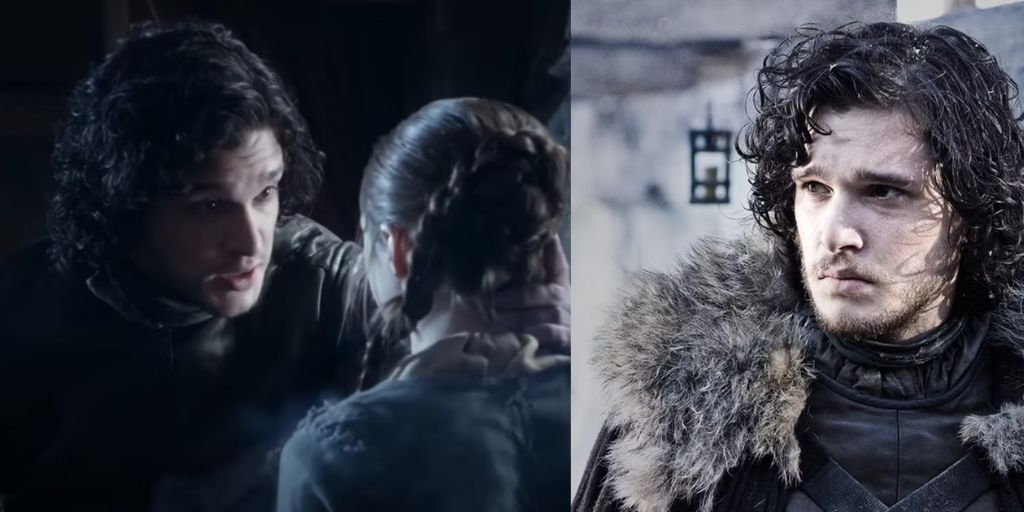
The show inspired countless discussions and debates, solidifying its place in pop culture history. Game of Thrones remains a powerful reminder of the impact that a well-crafted story can have on viewers, making it one of the most iconic series of the decade.





